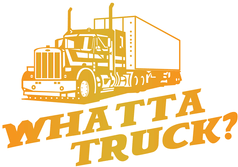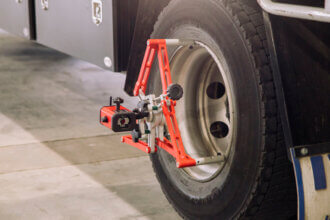Personal Conveyance Rules: Everything You Need to Know
For commercial drivers, understanding and adhering to personal conveyance rules is crucial to manage their work schedule effectively without violating Hour of Service (HOS) laws.
This article addresses all pressing questions commercial vehicle drivers have regarding personal conveyance.
What is Personal Conveyance?
It is a special allowance that enables drivers to use a commercial motor vehicle (CMV) for personal purposes outside of working hours, without affecting the driving time limitations.
This applies, for example, to the moving from a truckstop to a restaurant, between a trailer park and his home, or to a safe place for overnight stay after unloading or loading.
What DOES NOT Qualify as Personal Conveyance?
1. Driving a CMV to the next location where work will begin or continue is not personal conveyance, as it prepares for the next commercial activity.
2. Driving a CMV loaded with goods or materials, even if off-duty, if the transport is related to business activity or the goods are intended for delivery.
3. Moving from a delivery point back to the regular place of work or terminal.
4. Trips to or from a service center for scheduled maintenance or repair of the vehicle on the employer’s orders.
5. Moving a CMV at the transportation company’s request to a specific location for operational reasons, such as loading another cargo or moving to a more advantageous position for dispatch.
6. If an officer instructs a driver to move the vehicle to another location after the driver has parked for rest, this movement also cannot be considered personal conveyance, as it is done on the instruction of an officer for safety reasons.
7. After unloading or loading, when the driver moves the CMV to another location to continue the commercial trip.
8. Operating an empty vehicle that is being moved for the purpose of loading another cargo or returning after a delivery.
How to Use Personal Conveyance?
To use personal conveyance correctly, drivers should:
1. Switch to “off-duty” status: Ensure your Electronic Logging Device (ELD) or logbook reflects the “off-duty” status.
2. Indicate personal use: Record the trip as personal conveyance in your log. For ELD users, activate the personal conveyance function if possible.
3. Avoid business tasks: Ensure no work-related tasks are performed during this period. The trip must be solely for personal reasons.
Can I Use Personal Conveyance to Go Home?
Personal conveyance can be used for trips home in a commercial vehicle, provided the trip is not work-related, and the driver is off-duty. This applies to both returning home at the end of the day and trips to the home terminal.
Can I Use Personal Conveyance After 14 Hours
The Federal Motor Carrier Safety Administration (FMCSA) allows the use of personal conveyance even after reaching the 14-hour daily limit, provided certain conditions are met.
It is important that during this time period the driver does not engage in work-related activities. Also, this provision should not be used to circumvent driving time limitations.
Is There a Mileage Limit for Personal Conveyance?
In the United States, there is no strict mileage limit for drivers using a vehicle for personal purposes. Similarly, there’s no specific time limit on its use. However, personal use of the vehicle is generally intended for short trips.
Final Recommendations
– Cargo-free: The vehicle must be free from commercial goods or cargo during personal conveyance.
– Adherence to HOS rules: Personal conveyance should not affect compliance with general HOS rules and mandatory rest periods.
– Reasonable distance: While exact distance limitations are absent, personal conveyance should be used within reasonable limits. For instance, cross-country travel is generally not permitted.
– Record-keeping: Accurate documentation of personal conveyance in logs is crucial for compliance and during audits or inspections.
Adhering to the above-mentioned personal conveyance rules in 2024 provides drivers with the flexibility to perform their tasks without detriment to working hours or violation of HOS regulations.
Documenting and adhering to the FMCSA guidelines play a key role in utilizing this opportunity.




